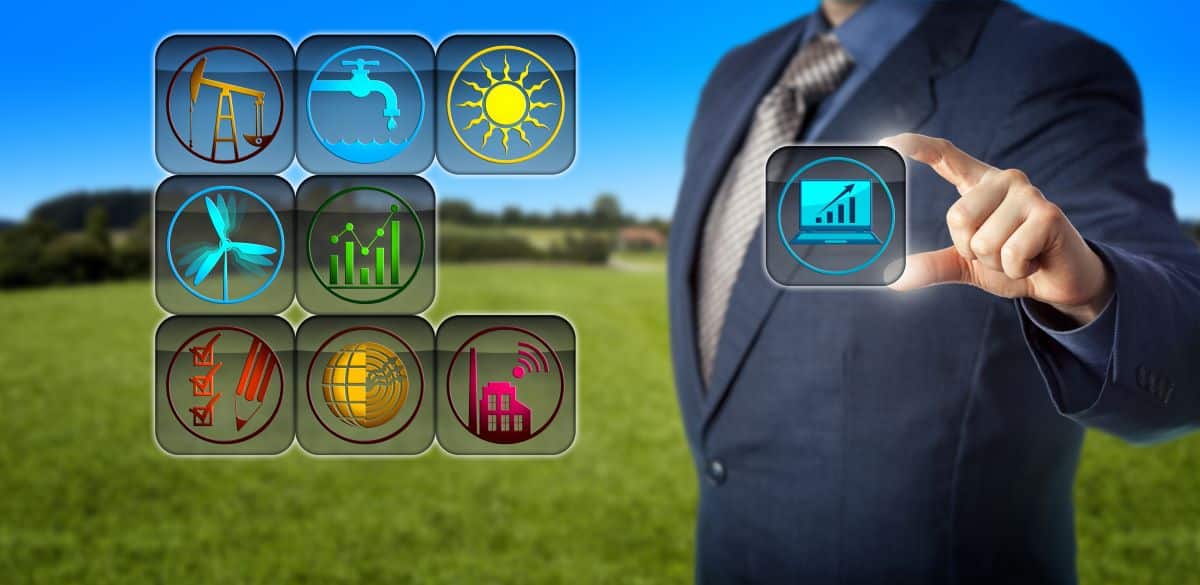By Robert Kravitz
A Riverside, California, church announced on January 4, 2024, that it is implementing several measures to lower its environmental impact. One of the main initiatives is building a 60-foot steel pergola next to the church, which will look like a giant patio cover.
The steel structure will offer shade for the churchgoers during the warm summer days and generate electricity for the church building. This will be achieved by installing solar panels mounted on the pergola to collect energy. The aim is to decrease the church’s electricity expenses.
The project has a budget of $257,000. However, church leaders are confident that this and other actions they are taking to reduce energy consumption and promote sustainability will help them achieve a faster return on investment (ROI) and secure the funds they need to cover their current and future operating costs.
The solar panels will eliminate the church’s monthly electricity bill, which hovers around $1,500.
However, an “overage” is expected. This means the panels will produce more energy than the church needs. The overage will be sold to the Riverside utility company, also helping to pay down the investment.
The other steps the church is taking are the following:
Capping Gas Lines
The church is installing a fully electric kitchen to take advantage of the energy produced by the solar panels. All gas lines have been capped so they are not used in the future.
EV Charging Stations
Installing electric vehicle charging stations helps power church vehicles, reducing fuel costs and protecting the environment, and subtly encourages their congregants to do the same.
Installing LED Light Lighting
The church is in an old adobe building, which tends to be dark inside. Traditional bulbs have been used for decades to light the building; however, the church remains dark. LED light bulbs are being installed which are much brighter and use as much as 80 percent less power than conventional ones.
The church rector, Rev. Kelli Grace Kurtz, calls these steps a “legacy project.” She says they want the “future generations of their Sunday school kids to return to the campus as adults and remember their grandparents’ contribution to [this project]. They helped to save the church and protect the climate in this region of the world.”
This church is not alone in its efforts to lower its environmental impact and promote sustainability. Steve Ashkin, a global sustainability advocate who advises organizations on how to start their sustainability journey, says, “Churches around the world are gradually doing the same thing.”
Taking this a step further, he predicts that “soon, we will see churches reporting their sustainability efforts by publishing sustainability reports.”
Understanding Sustainability and Sustainability Reports
Many church leaders do not understand what a sustainability report is. Join the club. The term “sustainability” has had different definitions over the years. While manufacturers and other organizations are now releasing sustainability reports, they are still rare among churches.
To help us better understand what sustainability and a sustainability report is, we’ve asked Ashkin to answer the following questions:
Steve, please define the term sustainability for us.
In 1987, the United Nations defined sustainability as “meeting the needs of the present without compromising the ability of future generations to meet their own needs.”
Today, that definition has been expanded. Now, we think of sustainability as a new way of doing business, which involves:
- Protecting the environment
- Social responsibility, such as giving back to communities, which many churches are already doing in various ways.
- Fair wages and benefits for workers; full accountability and transparency regarding church collections, gifts, and operating costs
What are the most tangible results of sustainability?
Sustainability has many benefits that can be seen and measured. For example, a religious facility can reduce their energy, water, and fuel use, which are all increasing, especially in California. This can improve their financial situation. Sustainability also has other positive impacts, such as reducing greenhouse gas emissions and improving community air quality.
Are there intangible benefits for a church becoming sustainability-focused?
The Riverside church’s rector mentioned pride as an intangible benefit of becoming a sustainability-focused church. She said that the congregants will feel proud that their church is a leader in sustainability issues. This also helps to attract and retain younger people to the church, who are more likely to care about sustainability and are looking for a church that shares their values.
You mentioned sustainability reports. What exactly is a sustainability report?
A sustainability report is a document that shows how an organization is performing on sustainability issues. It can help people understand the organization’s values, goals, actions, and impacts on the environment, society, and economy.
A sustainability report is like a CARFAX™ report for a car. Just as a CARFAX report gives you information about a used car’s history, such as accidents, repairs, and mileage, a sustainability report gives you information about an organization’s history, such as steps they are taking to protect the environment, reduce waste, foster diversity, and community engagement.
A sustainability report can help you decide if you want to be part of an organization that shares your beliefs and values on sustainability. This is especially important for religious centers, where people seek a sense of belonging and alignment with their faith and values. A sustainability report is just one of the factors many consider before joining a church.
Finally, what would you say to church leaders who want to become more sustainability-focused but lack the funds to begin to move forward?
Here’s a simple approach that has proven successful for all types of organizations. It involves the following:
- First, be clear about what sustainability is, as we discussed earlier.
- Next, set goals. Place the goals into three categories:
- Steps the church can take now at little or no expense
- Measures the church can take in the next six to twelve months at a reasonable cost
- Steps that will be costly but will prove valuable and a savings in years to come. What the Riverside church is doing is a perfect example.
Ashkin adds it is essential for churches to get their members involved. Educating members is the way to accomplish this. They did this at the Riverside church.
Steve Slaten with the Riverside church said, “The journey has been very rewarding and frustrating. But now that we’re at the point we are, there is such a sense of thankfulness. I feel thankful that I happened to be in this place at this time at this location when it all came together. It’s felt like a redirected purpose. I feel fortunate to have been here.”
Robert Kravitz is a frequent writer on facility maintenance. He can be reached at robert@alturasoluti0ns.com.














